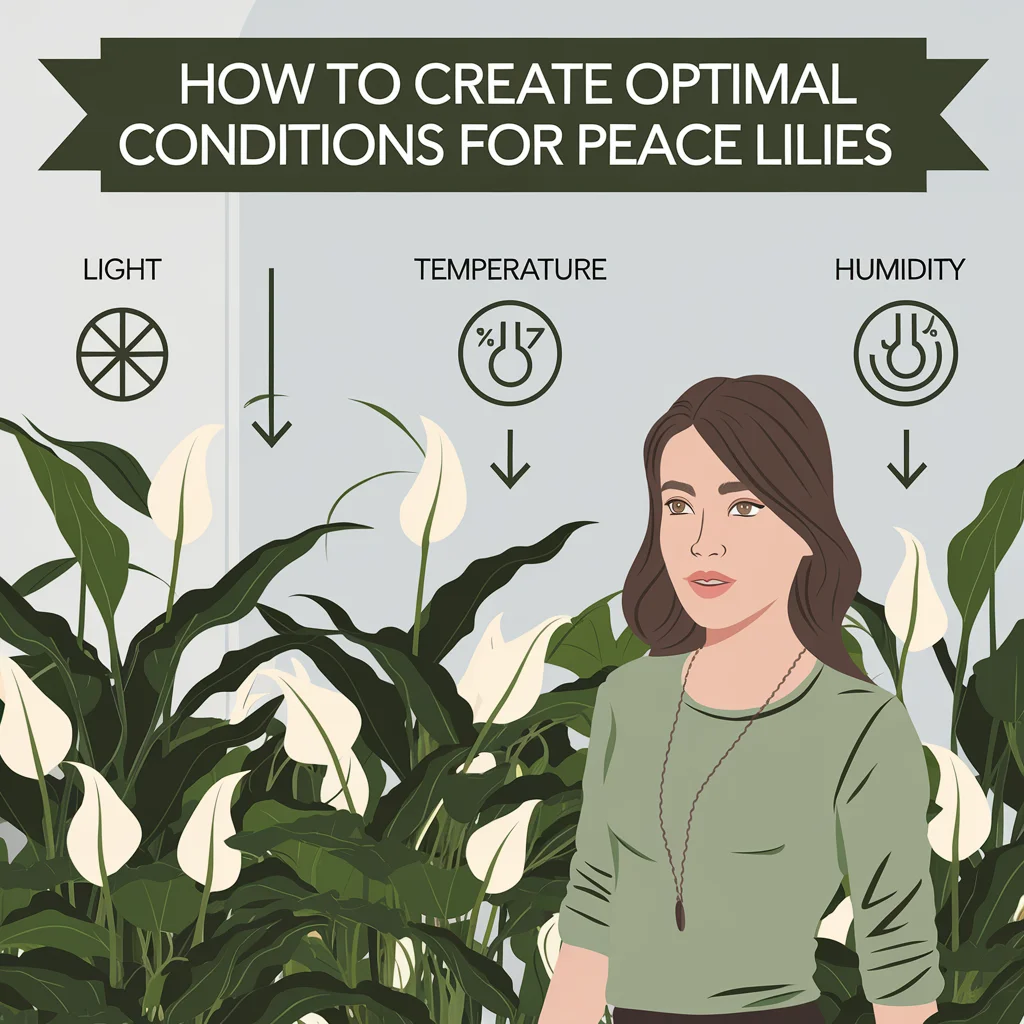Peace lilies are popular household plants distinguished by their attractive green foliage and white flowers. But still, when it comes to taking care of these plants, most people want to know: do peace lilies like direct sunlight? The short answer is no. This article, therefore, seeks to clarify why peace lilies are most beneficial in indirect light and how the plants should be maintained to sustain their well-being.
Why Peace Lilies Don’t Like Direct Sunlight 👩🌾🚫
Although it appears that almost all plants may enjoy the sun’s warmth, peace lilies prefer low to medium indirect light. This is because direct light tends to be too hot for their soft leaves. If the leaves are always in the way of intense sunlight, they get sunburnt, which leaves the ends of the leaves brown and dry and the rest of the leaf pale.
Peace lilies grow in the tropics on the forest floor, and so they are used to having light from the sun indirectly since it is diffused by trees. This means that they are accustomed to weak and diffused sunlight instead of direct, hot sunlight. When there is too much sun, the growth and health of the plant are adversely affected; consequently, the child says, I do not want the raving heat of the sun, mommy.”
How to Create Optimal Conditions for Peace Lilies 💡🌱
Here is the type of light needed by your peace lily to ensure it continues to flourish:
1. Indirect Light
A peace lily grows best if it is placed within the vicinity of a north or east-facing window, as it offers adequate bright, indirect light. This light simulates the filtered light that is normally experienced in the native habitat.
2. Low Light Conditions
Peace lilies can endure low light conditions, which makes them suitable for spaces that are hardly lit by sunlight. Nevertheless, long periods of low light may cause the plant to have fewer blooms.
3. Protect against extreme direct sunlight.
In case there is plenty of direct sun coming through a window where the peace lily is kept, one can place a net curtain over it. This gives protection to the plant’s leaves from burning while still allowing the brightness required for plant growth.

What are the effects of its overexposure to sunlight on peace lilies? 🌞😓
When a peace lily overheats from direct sun, some normal signs that accompany such conditions are as follows:
Brown and/or Yellow Leaves: Sunburn as a result of direct sunlight leaves pinched or crescent-shaped brown patches or discoloration of leaves, usually appearing brown, orange, or yellow.
Wilting: Too much sun can be damaging to the plant, and even when it is watered, overexposure to the sun can still lead to wilting.
Fading Blooms: The white flowers that open up beautifully, such as above, may also begin to lose their color and may droop from excess sunlight very quickly.
In the latter case, if you see signs like this, move your peace lily to a fond position that is shaded and has filtered light.
The Peace Lily Lighting Requirements 🌼🌤️
Proper light duration and intensity on your peace lily boost its growth and health. Check out these tips for the best results:
Keep your plant near a window with no direct sunlight. Or, place it in well-lit areas of the house with bright, filtered light.
Change the pot’s orientation at intervals. This will preserve the plant’s shape and give each part equal light.
Look for itchy or sunburned leaves on the plant that may be seeking direct sunlight, and reposition the plant.

Conclusion: Avoiding Direct Sunlight on Peace Lilies 🌿✨
So, do peace lilies like sun? A big and definitely no. These plants prefer indirect light, and too much direct sunlight would simply scorch the leaves and blooms. If you want your peace lily to look healthy, pretty, and full of life, all you have to do is position it in an area with no or low filtered light.
With the right lighting and care, your peace lily will flourish, conquering and beautifying your home for many years to come!





